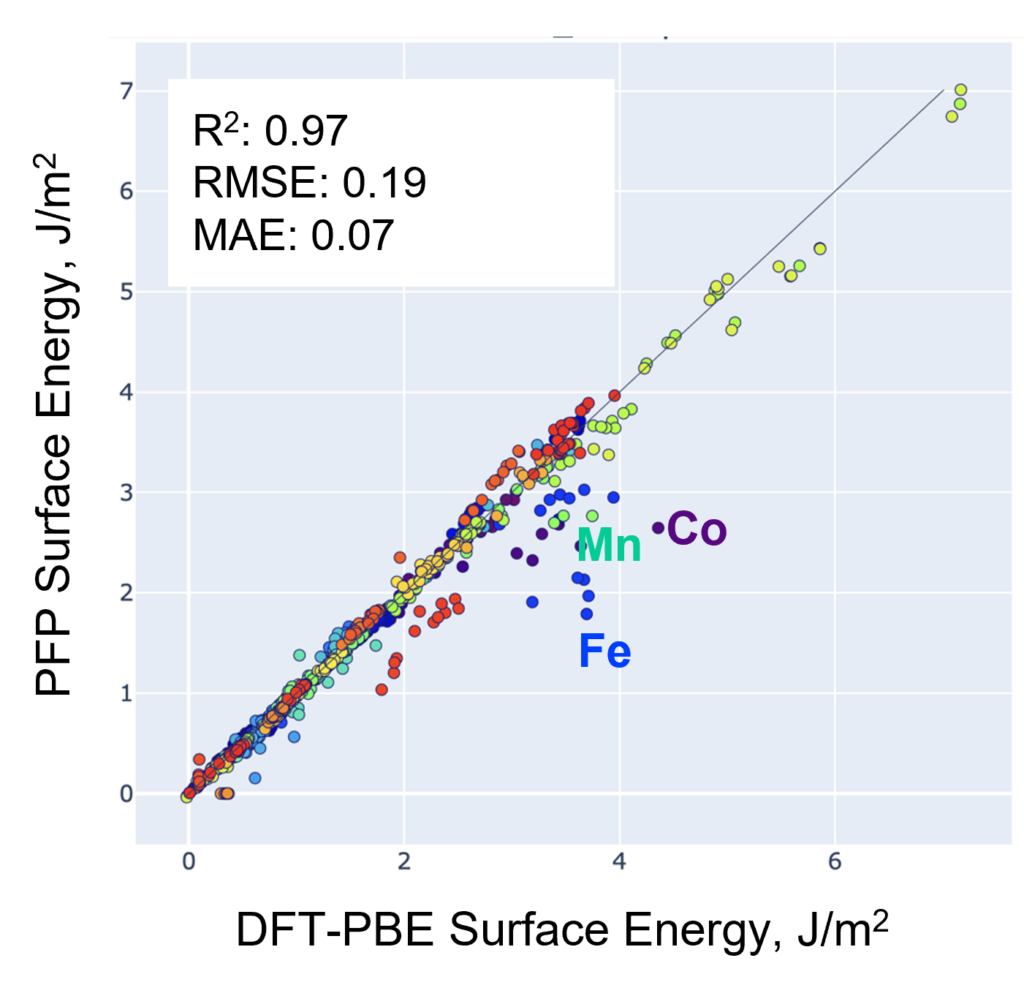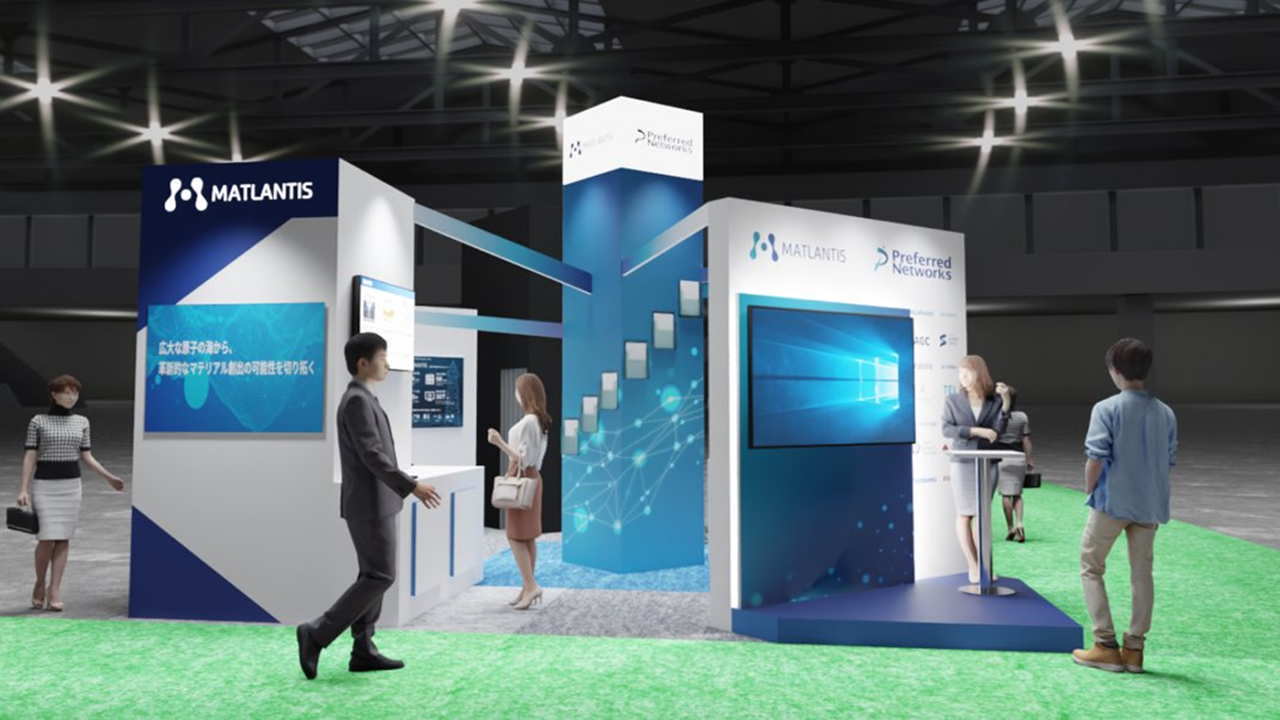過去のお知らせ
学会・講演会
Osaka University Toyonaka Campus2024.9.18-20 (JPN)
Scheduled to be presented at the Japan Institute of Metals 2024 Fall Conference
PFCC will be giving a presentation at the 2024 Fall (175th) Conference of the Japan Institute of Metals, to be held in Osaka from Wednesday, September 18, 2024.
Academic information
Date: September 18th (Wednesday) - 20th (Friday), 2024
Venue: Osaka University Toyonaka Campus
Presentation information
Date and time: Thursday, September 19th, 9:00 ~ 9:15
Presentation Venue: Room A (A001, basement, Lecture Building A, University-Wide Education Promotion Center)
Presentation title: Accuracy verification of general-purpose neural network force fields for metallic materials
Summary of the presentation:
Currently, the development of a universal machine learning interatomic potential (uMLIP) is being widely advanced, and its application to various material systems is being considered. In particular, the application of uMLIP to metallic materials requires the highly accurate calculation of materials properties at high temperatures, multi-element alloys, transitions, and other systems other than stable structures. Currently, the development of a universal machine learning interatomic potential (uMLIP) is being widely advanced, and its application to various material systems is being considered. In particular, the application of uMLIP to metallic materials requires the highly accurate calculation of materials properties at high temperatures, multi-element alloys, transitions, and other systems other than stable structures. In this study, we verified the application of PreFerred Potential (PFP) implemented in Matlnatis to metallic materials. Specifically, we calculated the interface energy, surface energy, melting point, etc. of metallic materials and compared them with the DFT calculation values and experimental values in the literature. As a result, the PFP calculation values for the interface energy of simple metals were in good agreement with the literature values of DFT, and the melting points of tungsten, molybdenum, and ruthenium were also correctly reproduced. On the other hand, some examples were confirmed that showed results that differed from DFT. These results show that simulations using PFP can accurately calculate the physical properties of metallic materials.

Presenter
Akihiro Nagoya
After graduating from Osaka University, he worked as a researcher at Toyota Central R&D Labs. He was involved in research for about 15 years on solar cell materials, platinum catalysts for fuel cells, first-principles calculations for two-dimensional materials, and MI using classical MD calculations for polymers. He then worked at the Central Technical Research Institute of ENEOS Corporation before joining PFCC. He is currently mainly involved in calculations related to battery materials and metal materials.

公開日:2024.09.18



